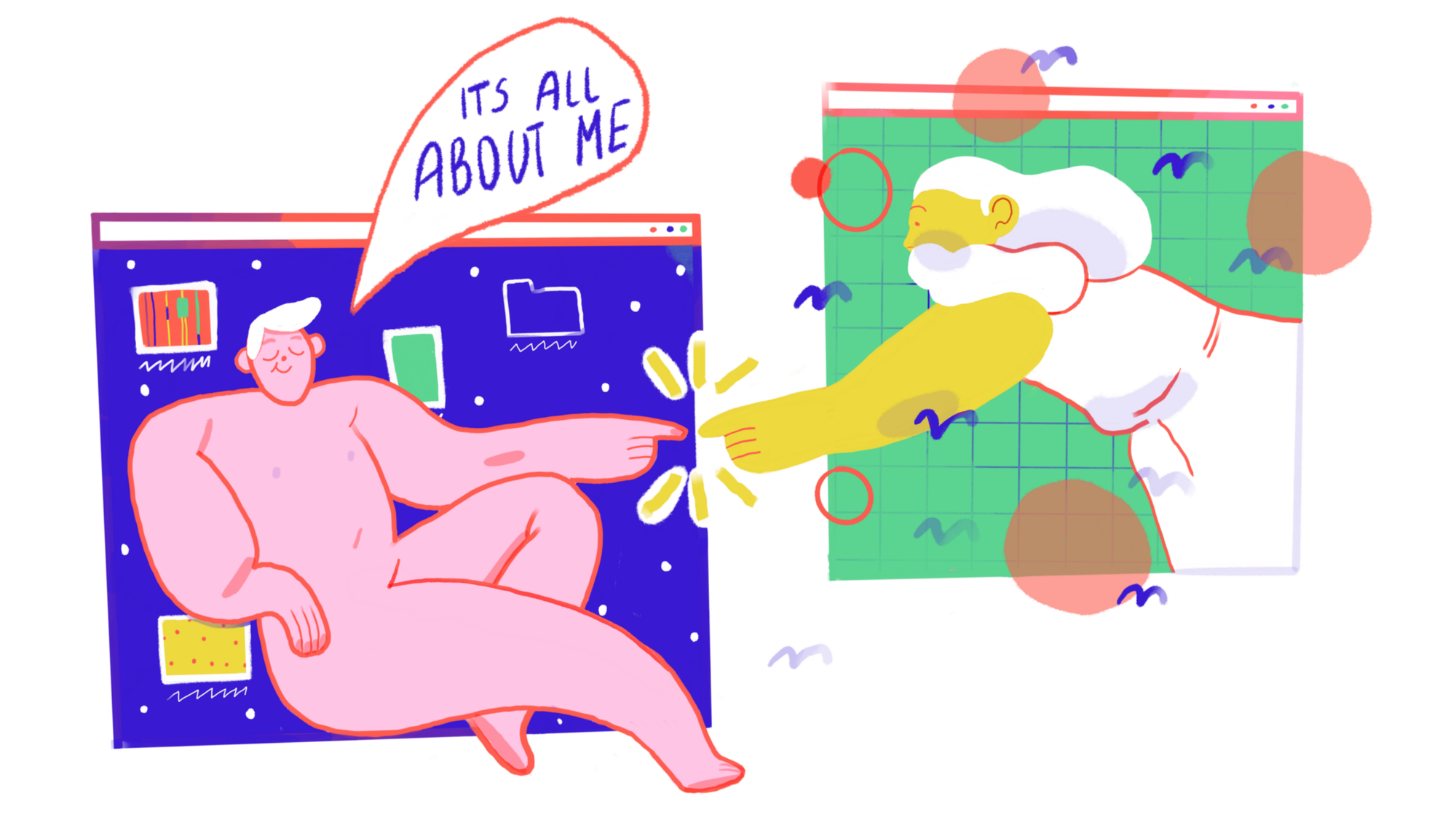If you’ve read anything about UX and interaction design lately, you’ve probably heard about the concept of personas. Introduced around 20 years ago in a book called The Inmates Are Running the Asylum by Alan Cooper, personas quickly became widely adopted, and now, nearly every team I know uses them in their design process.
What is a persona?
A persona is a fictional character that represents a typical user of your application. And it’s very detailed. It describes the background, context, tasks, and goals of a user.
Here’s what you typically include in a persona profile:
Name, Photo, Location
Make up a name and location for this user. You can find a photo online and attach it to the persona description to form a picture of this character in your mind.
Personality
You don’t need to get too deep here, but add a couple of personality details to help you build empathy toward this character. Maybe think of what they pride themselves on or the last time they had a vacation.
Influences
What motivates the user? Why do they go to work every day? Who’s their boss? Who do they respect?
Tech Expertise
How well-versed is the user with modern technology? Do they try every new gadget out on the market, or do they prefer to use analog methods of communication?
Goals
What do they want to achieve? You can use the Five Whys method to dig out the real reason behind user actions. For example, people buy expensive clothes not because they need something to wear. If you keep asking why, you’ll come to the conclusion that they buy those clothes because they want to show their status.
Most of the time, you want to create a persona that explores all of these characteristics for each user role.
Why do you need personas?
Personas, extremely useful beyond the UX research, design, and prototyping phases, allow you to craft a user-centric product. By building empathy with a specific audience, you can answer a fundamental question: Who are you building for? That answer will guide you to build a product that people love.
Some more reasons why you need them:
To describe research results
If you’re implementing a customer development process, you should have a lot of information about your potential customers. Chances are that during the interviews, you were able to see patterns in the types of people you were talking to. You can create personas by clustering types of people together and describing their common traits.
To communicate reasoning behind user behavior
During the lifecycle of your product, you will have to communicate the picture of your ideal customer to many people. Creating a persona profile will allow you to make better design decisions that have reasoning behind them. When someone asks you why you want to create big buttons in your app, you can tell them that one of your personas is a man in his mid-30s that has vision problems. Thus, the buttons should be big.
To create user segments
The personas you describe are basically your user segments. You can use them in PR or marketing campaigns, and you should use them during the design phase. Each customer segment would have different goals, and for that reason, will need to perform different actions and take different paths through your app.
How to create personas
There are several ways you can create personas. First, you can just make them up yourself. This is the least accurate method because your personas will be based on your assumptions alone. And since you’re going to use these to make all of your application design decisions, if your assumptions are wrong, the design will also be wrong.
Another way to create personas is to talk directly to people. If you conducted customer development interviews, then you already know what types of users you have. If you didn’t, you need to find people to talk to and learn about your users as much as you can.
Additionally, you can use user proxies to tell you more about your users. A user proxy is a person who is close enough to your target user. They’re great to use when you can’t reach your audience directly.
Finally, you can use competitor research to identify user personas. Look at competitor accounts on social media, read competitor reviews on forums and blogs, and learn about the people who wrote them. Identify patterns and find overlaps in the information you collect.
User-centric design
User-centric design raises the user to king status. This kind of design revolves around people, not the product and its features. Building a product with your user in mind will allow you to come up with unusual ideas and design choices — that’s how innovation happens.
When you build a product for a specific goal, your team no longer has to guess what makes the user want certain functionality in an app. Once you set a clear goal for the team, the product development process becomes much more efficient.
User-centric design is an essential approach in lean methodology; you take every step to improve the user’s life, and that’s what ends up making your product successful.
Using personas correctly
To make the most out of these useful instruments, you need to use personas throughout the product life cycle, not just during the design phase. You need to buy into the whole set of user research methods to create personas — customer development, prototypes, and getting user feedback during development. And to truly be useful, personas must represent real users, not just fictionalized people that you pulled out of your head. That way, everybody isn’t wondering whether those people even exist.
Originally published at The Startup: Build something awesome




